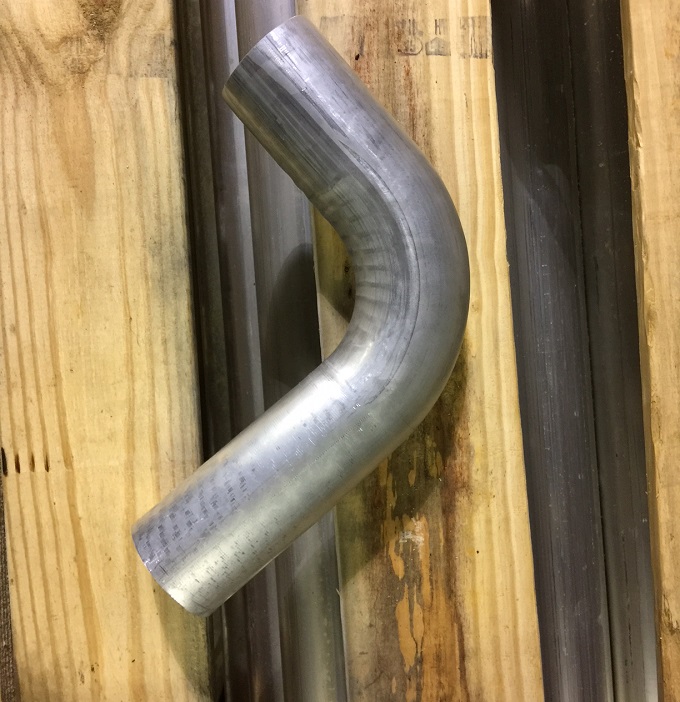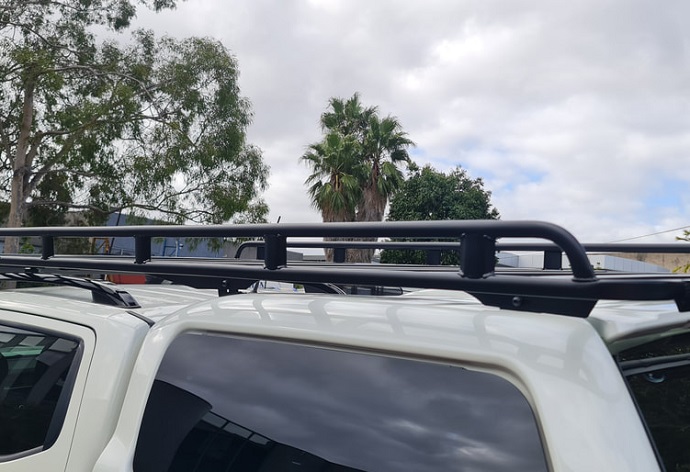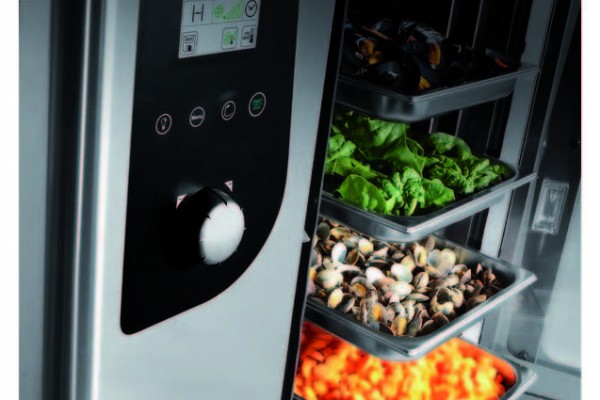Although it is not the most popular ute, the Nissan Patrol is still as competitive as ever. All that thanks to its great durability and performance, which you get at a significantly lower price when compared to the top dogs like Landcruiser and HiLux. One downside that the Patrol has compared to the Landcruiser and HiLux, however, is the fuel consumption. That being said, some people stray away from it for this reason alone. But there’s a convenient fix for this issue (which many overlanders opt for) that not only improves Patrol’s mileage but also gives it an extra performance boost – aftermarket Patrol exhaust systems.

Aftermarket exhaust systems are the most money-efficient way to improve how your Patrol performs on and off the road. It’s no secret that stock exhausts aren’t manufactured with mileage and performance in mind. This isn’t only the case with the Patrol, but with every other vehicle on the market as well. Vehicle manufacturers are looking to cut costs left and right in order to make their product’s price as competitive as possible. That being said, stock exhausts are made of lower-quality steel, use simple and cheaper bending techniques when manufacturing the pipes, and the diameter of the pipes is smaller as well. So if you’re looking to add more horsepower and better mileage to your Patrol, getting an aftermarket Nissan Patrol exhaust system is the way to go.

Superior Grade Steel
Stock exhausts are usually made of mild steel, whereas their aftermarket counterparts are made of aluminised or stainless steel. Aluminised steel exhausts are lightweight, and as a result, improve mileage due to reducing the overall weight of the entire vehicle. Further, aluminised steel exhausts feature decent rust-resistant properties, and they’re ideal for overlanders traversing through drier climates. Stainless steel exhausts, on the other hand, are heavier, but they’re practically indestructible. Most stainless steel exhausts can outlast the Patrol itself, and they’re considered a one-and-done type of upgrade. Stainless steel is extremely durable and rust-, impact- and vibration-resistant. Both aluminised and stainless steel also perform great when under extreme heat.
Superior Bending Technique
Stock exhaust systems use either wrinkle or crush bending techniques for manufacturing the pipes and tubes. Crash bending utilises a radius die and backing shoes during the bending process, and as a result, you get a functional bend, but also a small depression along the inside of the pipe, which can cause power-robbing restrictions and make it more difficult for the engine to “breathe”.

Wrinkle bending involves applying heat to the pipe until it’s red-hot, and at that point, the pipe is forced along with a die, forcing the inside throat of the bend to collapse. Again, this process will slightly reduce the pipe’s inside diameter, resulting in changes that affect both the sound and exhaust flow. Aftermarket Patrol exhaust systems are usually made using the mandrel bending technique, which provides a smooth, uninterrupted final product that’s completely free of creases and kinks. This is accomplished by employing a mandrel inside the pipe which supports the inner walls as the pipe is swept through the die and backing shoes. The mandrel is lubricated (typically with a lithium grease) in order to provide a smooth gliding action.
Greater Pipe Diameter
In an attempt to save on materials, vehicle manufacturers make the stock exhaust pipes in the bare minimum diameter they can get away with. Aftermarket exhaust manufacturers, on the other hand, don’t apply this approach. However, as is the case with camshafts and carburettors, bigger is not always better. The exhaust pipe diameter should match the engine’s horsepower output and displacement. Although larger diameter pipes may look better, if they’re too large for the application, you’ll lose exhaust velocity. As a result, the low- and mid-range power will suffer. The published exhaust pipe diameter always refers to the pipe’s outer diameter. The inner diameter is always slightly smaller, depending on the pipe’s wall thickness and gauge.
High-Flow Parts
Stock exhaust systems feature manifolds and catalytic converter that are functional and good at what they do, but they aren’t made for optimal performance. Aftermarket Nissan Patrol exhaust systems, however, usually include high-performance catalytic converters that are much faster and more efficient at breaking down the toxic emissions into less-toxic ones. Further, they include headers instead of manifolds, which are much better at scavenging and extracting the gases out of the engine’s cylinders. All of these seemingly small improvements make the entire system much more efficient in terms of flow, allowing your engine to breathe easier, and providing it with cleaner, cooler air for optimal fuel burning rates.
If all of the aforementioned benefits of aftermarket Nissan Patrol exhaust systems got you interested in purchasing one, you’ll be happy to hear that you probably won’t spend more than two-thousand dollars for a quality performance exhaust. Of course, the price will depend on the type of exhaust system you think is most suitable for you, but typically, a full replacement won’t cost you more than that.



